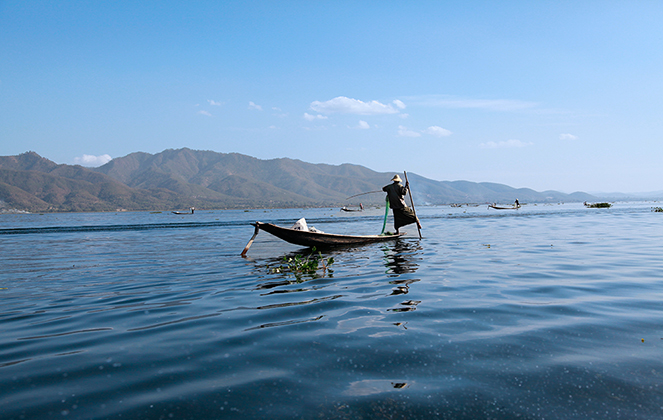The job of a tea sourcer requires patience. Tea grows at its own speed; you can’t rush it. Manual harvesting requires precision, as does each stage in the processing of the tea. And lastly there is transport, which essentially takes place by boat, truck and sometimes horseback for the first stage in the tea leaves’ journey.
We must also take into account random events – an accident, a strike, political tension and, of course, Covid.
A year and a half ago we bought a delicious green tea and an equally delicious oxidised raw tea from small producers in Shan state in northern Myanmar. No-one knows where they are. They might be on one of those flimsy boats you see on the country’s waterways, unless they haven’t left the farm yet. That’s life.









